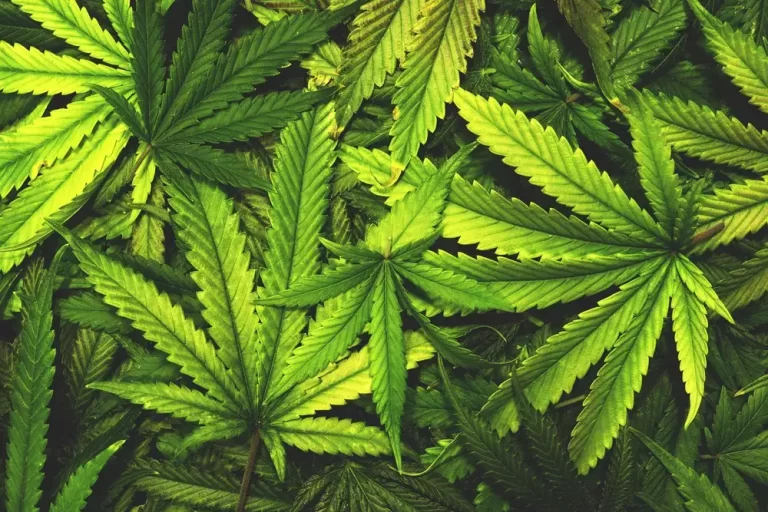
Cannabis Prices Decreasing
- Cannabis News
- Cannabutter Digest
According to Headset, a cannabis analytics firm tracking California, Michigan, Nevada, Oregon, and Washington markets, overall cannabis prices are decreasing. Specifically, the price per milligram or gram of THC has declined 16.7 percent for flowers, 11.8 percent for edibles, and 12.4 percent for vape products from January 2021 to January 2022.
However, tracking market prices in individual states can be tricky. Each state has different regulations and unique market dynamics. Those dynamics can include heavy competition in the market, high tax rates, illicit or unregulated companies that undercut prices of legitimate vendors. Cannabis is still illegal federally, which eliminates interstate commerce and competition. So, the states which allow recreational marijuana use have their market to themselves, which makes pricing comparisons misleading in many cases.
Small companies looking to survive in these competitive markets have to come up with a strategy where they do not raise prices because they know that will cost them some customers. Gorilla Rx, a dispensary in Los Angeles, knows they do not have the cash and purchasing power to offset many of their increased costs. Their solution is to work cooperatively with other vendors of similar size. They look at increasing their buying power, marketing power, and other factors by working together with dispensaries that were once competitors.
Similarly, Native Roots, a cannabis retailer with 20 stores in Colorado and three more in Canada, has managed the current inflationary market by ordering strategically and negotiating prices on larger orders.
The Market in Michigan
It is misleading to gauge cannabis inflation across state borders due to regulation and tax differences. So, we need to look at a single-state market to determine demand and pricing. We will look at Michigan, a state that legalized recreational marijuana three years ago.
There is 55 times more marijuana on the market now than from the first year of sales. What’s more, customers are purchasing 16 times more of it than they were two years ago. Marijuana prices in Michigan are lower than they were 30 to 40 years ago when it was illegal.
The price of cannabis fell 70 percent from December 2019 to January 2021. Since there is no interstate commerce for wholesaling cannabis from one state to another, the cannabis sold in Michigan is grown in Michigan. Michigan is now the fourth largest marijuana market in the US, with $1.8 billion in sales in 2021. The average price for a gram of cannabis is $5. The amount of product on the market has increased 400 percent.
The tax on cannabis is relatively low in Michigan. Currently, it’s a 10 percent excise tax and a 6 percent sales tax.
The issue in Michigan is increasing competition between small growers and large growers. Customers benefit from a market flooded with product from large and small growers. However, increasingly small- and mid-sized growers are having trouble meeting the lower market price of large growers.
The number of growers in the state has increased 30 percent in the past year, and the number of cannabis businesses has increased 800 percent. Increased competition is partly due to this increased number of municipalities that allow cannabis businesses. For example, when Lake Effect and Doja Dispensaries in Portage, MI, dropped the price of an ounce of marijuana to $100, competitors immediately dropped their price to $75. The owner of Lake Effect explained that when his competitors drop their prices, his business must match them, so they do not lose customers.
The Market in Massachusetts
Massachusetts legalized recreational marijuana in 2018, but prices are still high. As a result, many consumers still buy their supply from illegal sellers. In 2018, the price for an ounce of marijuana topped $400. However, prices have dropped to $362 as of September 2021. With more dispensaries and more growers popping up over time in the state, supply and demand have stabilized.
This stabilization trend is apparent in other states, but Massachusetts’ prices are consistently higher than in states like Colorado, Nevada, and California. In addition, demand from neighboring states like Vermont and New York has kept the price high. However, those states are developing legal marijuana dispensaries now too.
Massachusetts has kept prices high with a licensing structure and regulatory environment that makes getting a license difficult and expensive to get.
There are conflicting answers about whether prices are declining in the US. Overall, prices are declining in some states but not by a predictable amount. Demand has been unprecedented but is unlikely to keep growing as it has in the past two years. In other words, the cannabis market is the picture of early-stage capitalism at its most predictable and unpredictable as well.
The Global Cannabis Market
The global marijuana market is predicted to reach $128 billion by 2028. Falling prices for cannabis exporters stem from lower-cost production environments like the Mediterranean and countries in the Southern Hemisphere. Companies now have to seek out cheaper growing climates with low operating costs.
For example, Paraguay has become a popular growing environment for medical marijuana. It has cheap energy, low wages, and a pharmaceutical industry that help it compete with countries like Colombia and Uruguay. As a result, companies that used to grow and distribute are getting out of the farming business and concentrating on product development and marketing.






